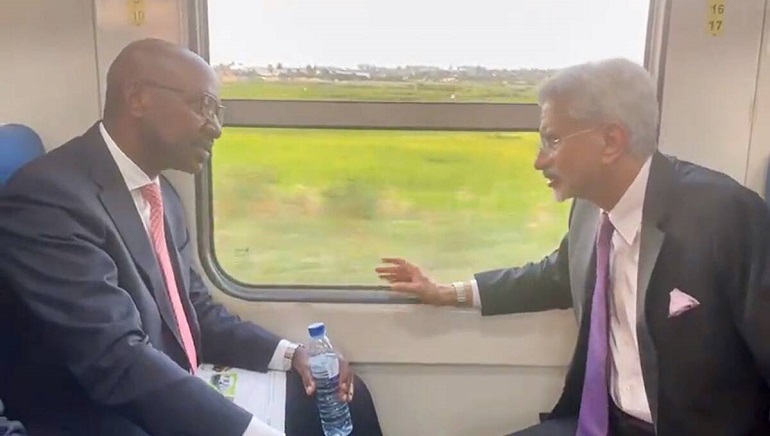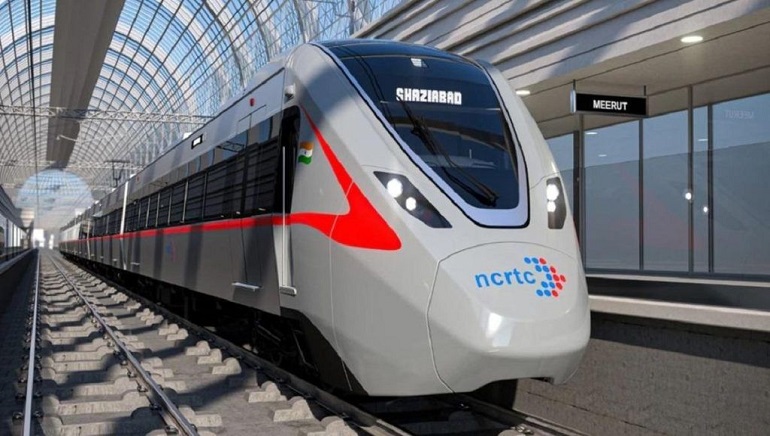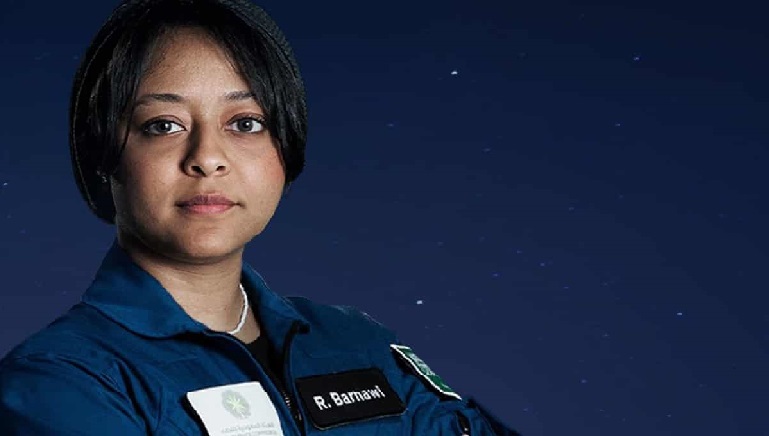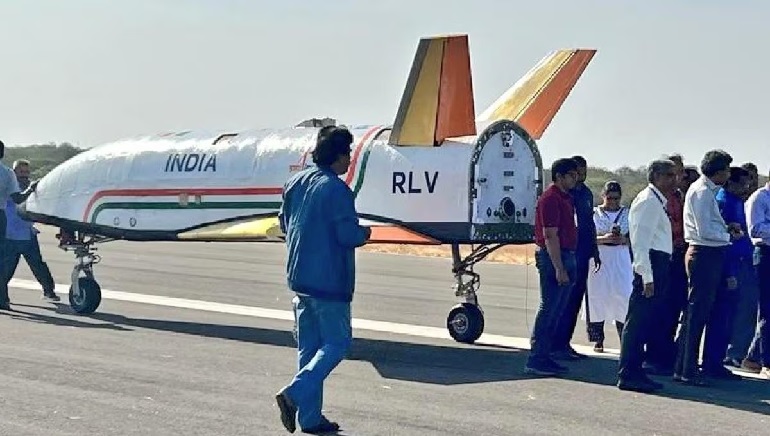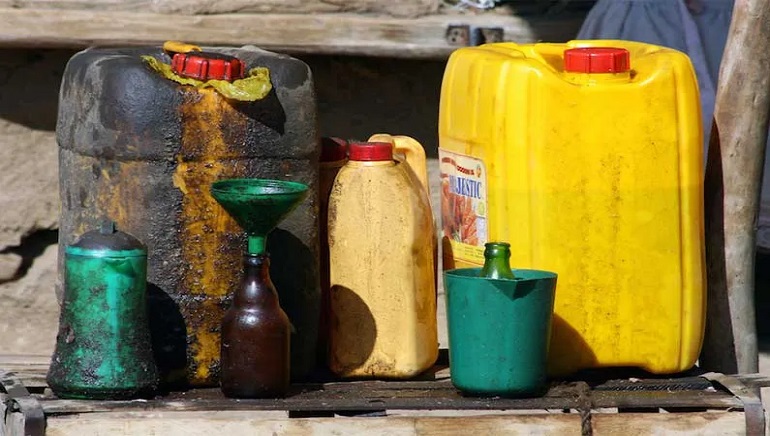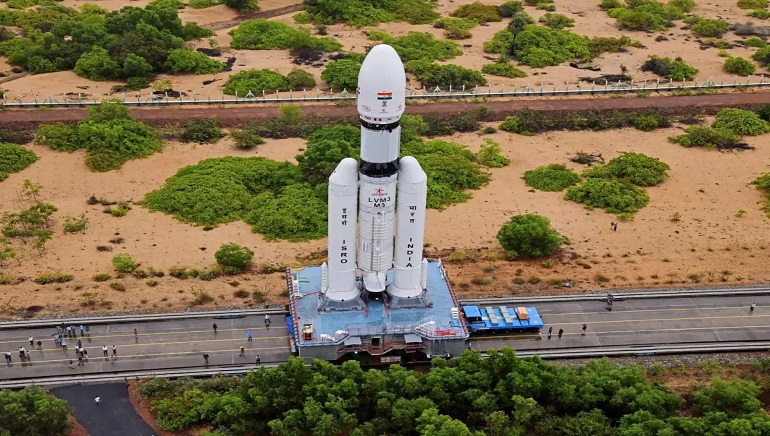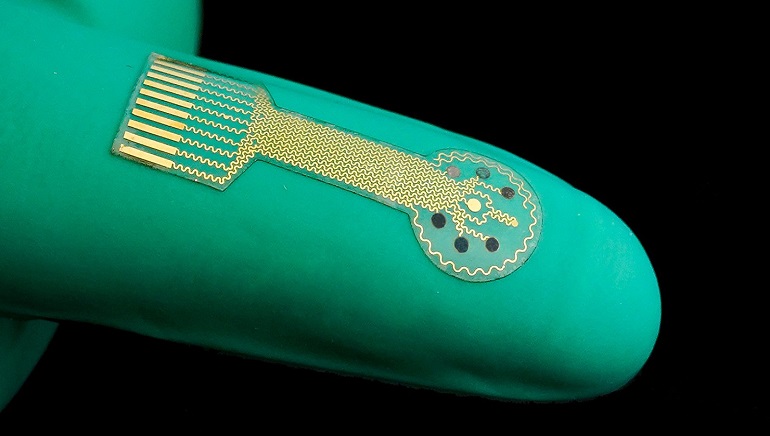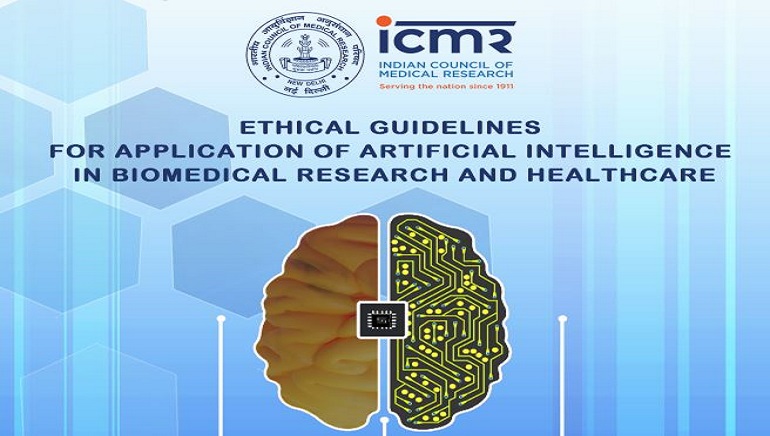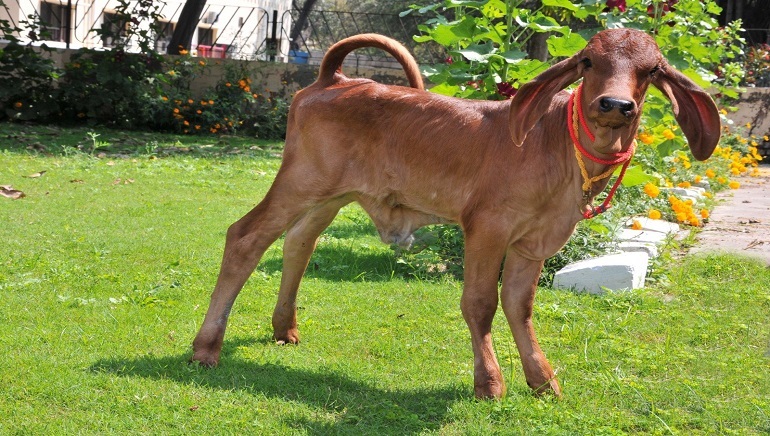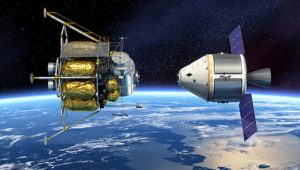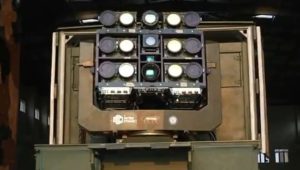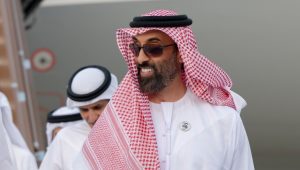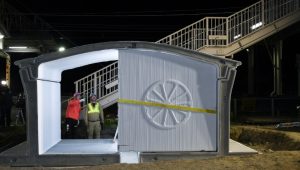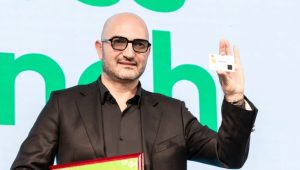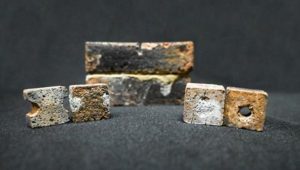External Affairs Minister of India, S. Jaishankar took a ride in a Made in India train during his visit to Mozambique in the country’s capital Maputo.
The Union Minister shared a video of his journey on Twitter and wrote, “A great green transport conversation with Mozambican Minister of Transport & Communication and Chairman, Mozambican Port & Rail Authority Mateus Magala. Talked about expanding train networks, electric mobility & waterways connectivity.”
In the loco-hauled Made-in-India coaches, there are no longitudinal side berths; instead they have coupe-like IR First AC Coaches. The seats and berths in the coaches have PU Foam cushion covered with Fire barrier cloth with superior quality upholstery or artificial leather. The windows have sealed glass for AC coaches and vertically sliding windows for Non-AC Coaches; there are four emergency windows per coach.
Earlier, the Government of India (GoI) extended the line of credit (LoC) to the Government of Mozambique. The credit is planned to be used for the procurement of six 3000 HP diesel-electric locomotives and 90 (60 loco-hauled coaches and 30 DEMU coaches) coaches with maintenance support for five years. A PSU of the Ministry of Railways, RITES has been given the responsibility for the supply. For locomotives and coaches, RITES has roped in Banaras Locomotive Works (Varanasi, UP) and Modern Coach Factory (Raebareli, UP), respectively.





